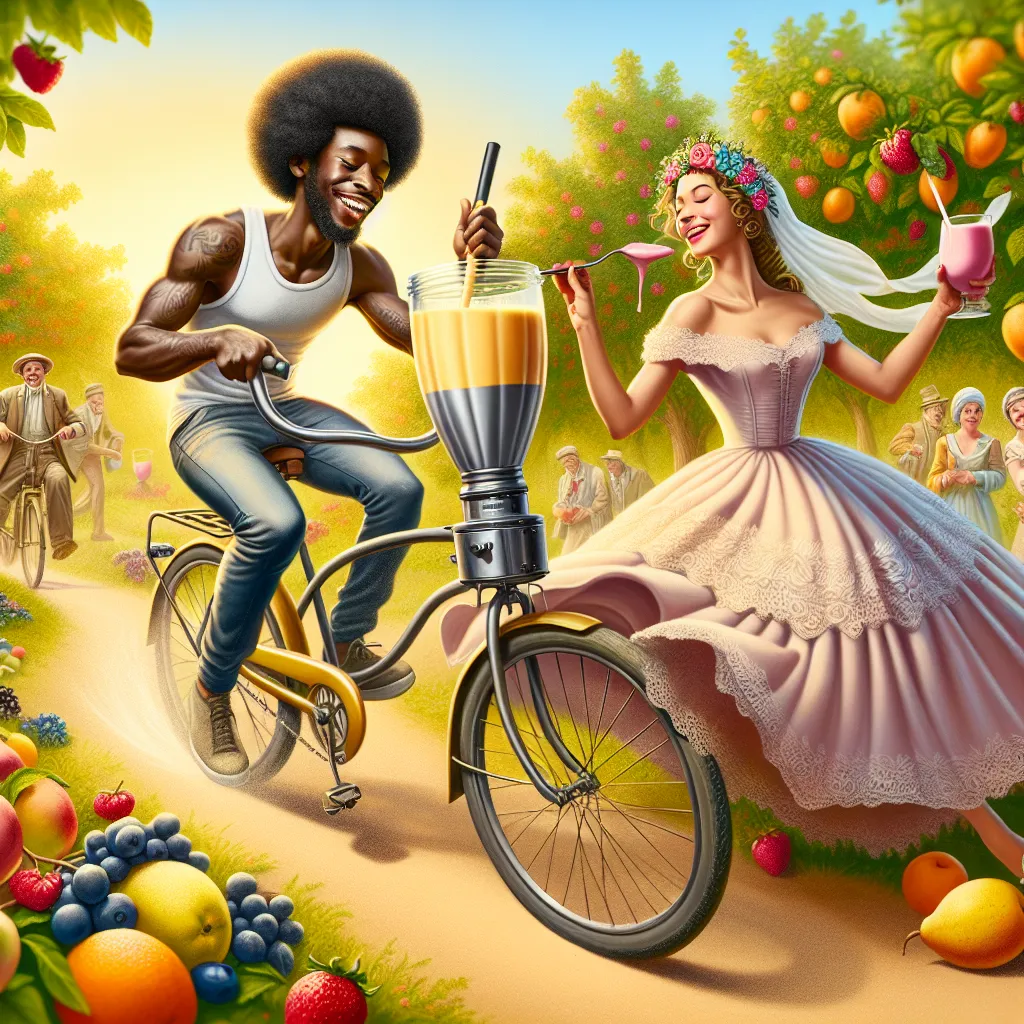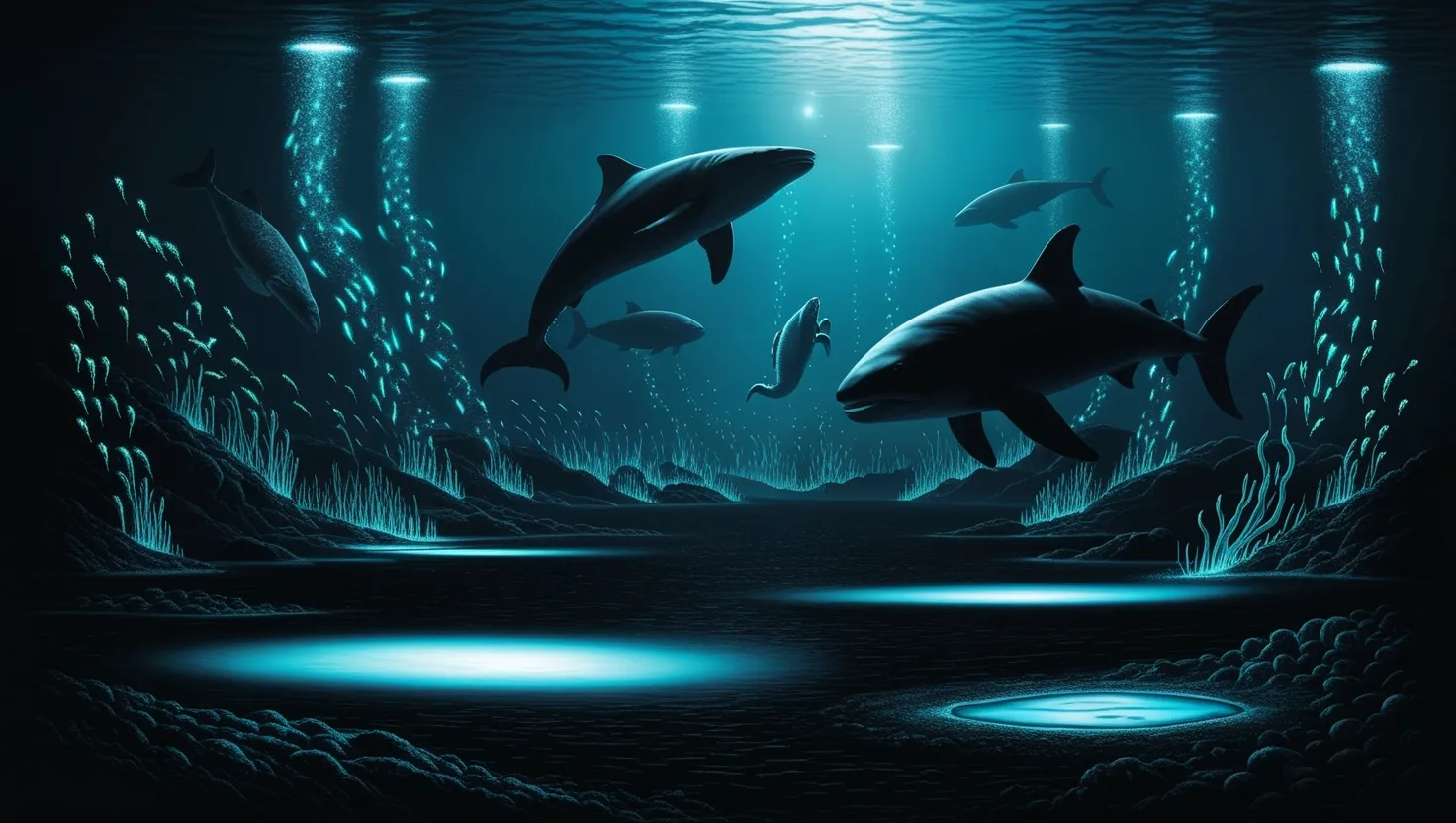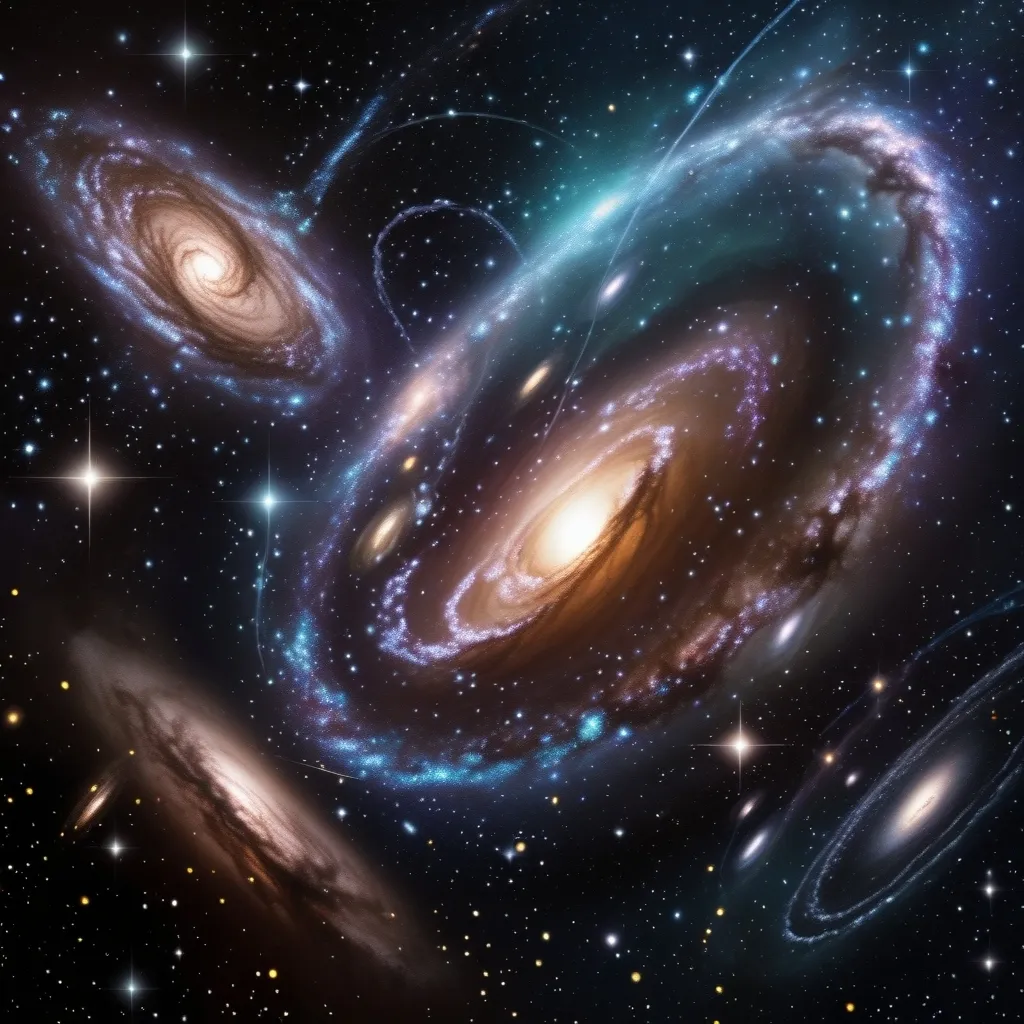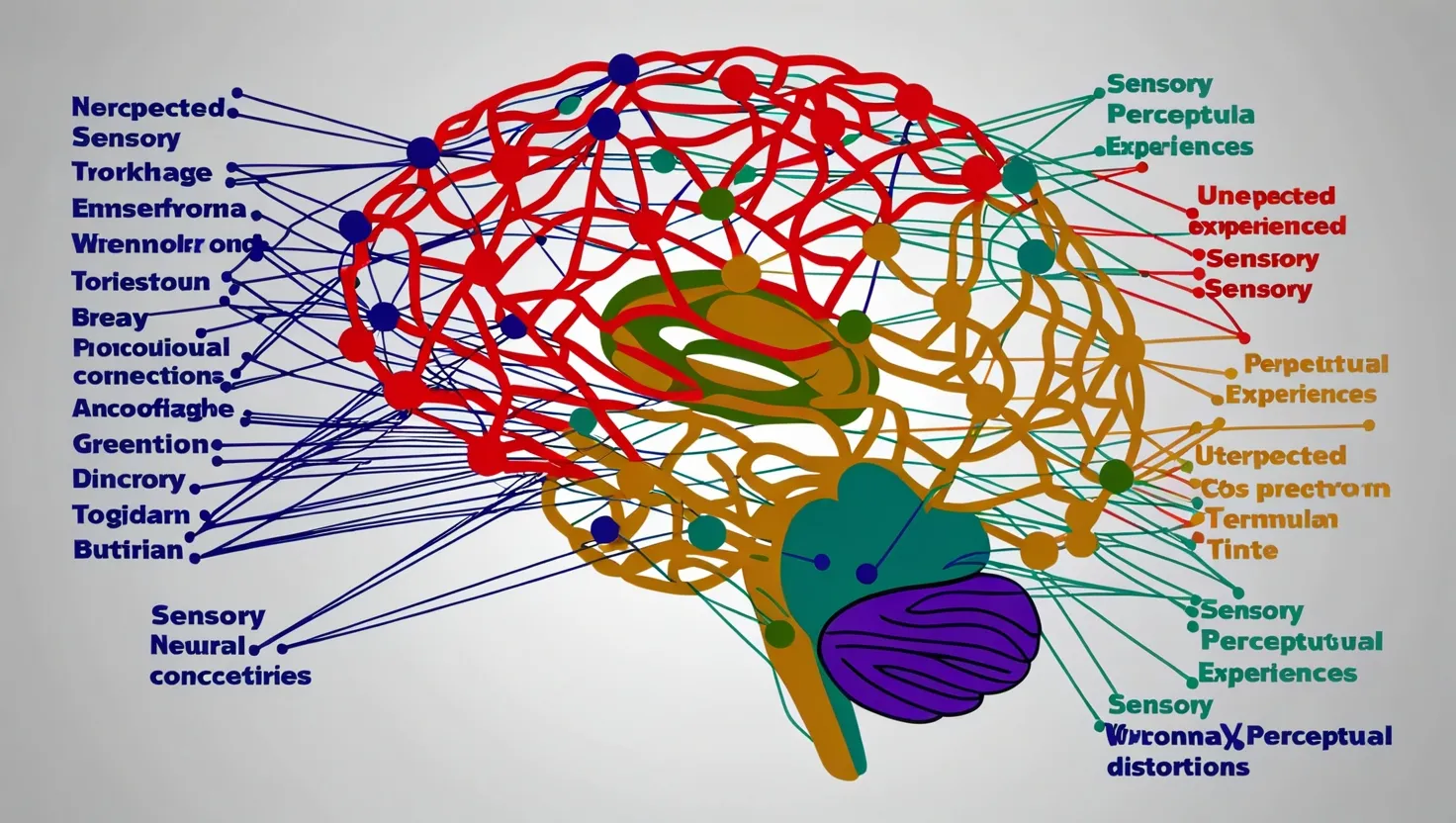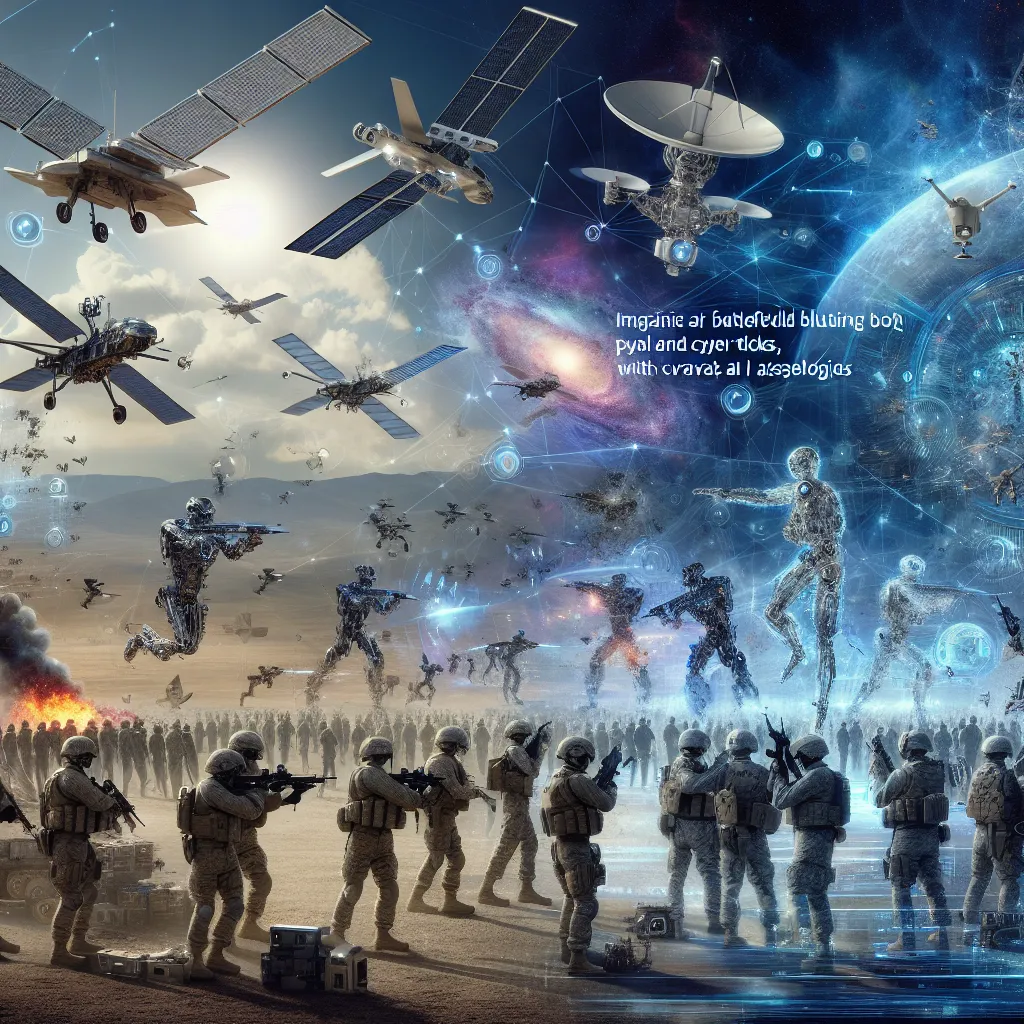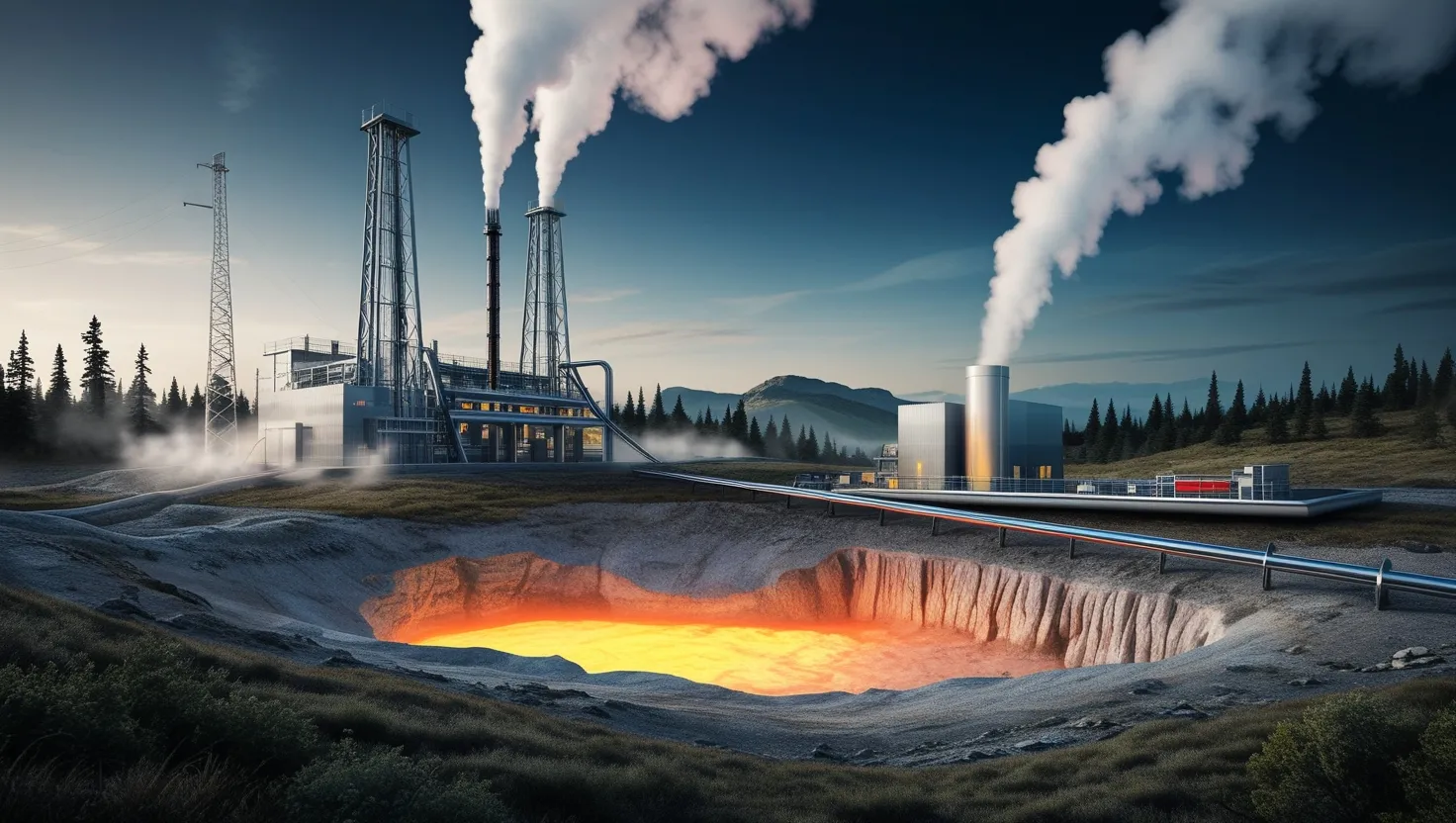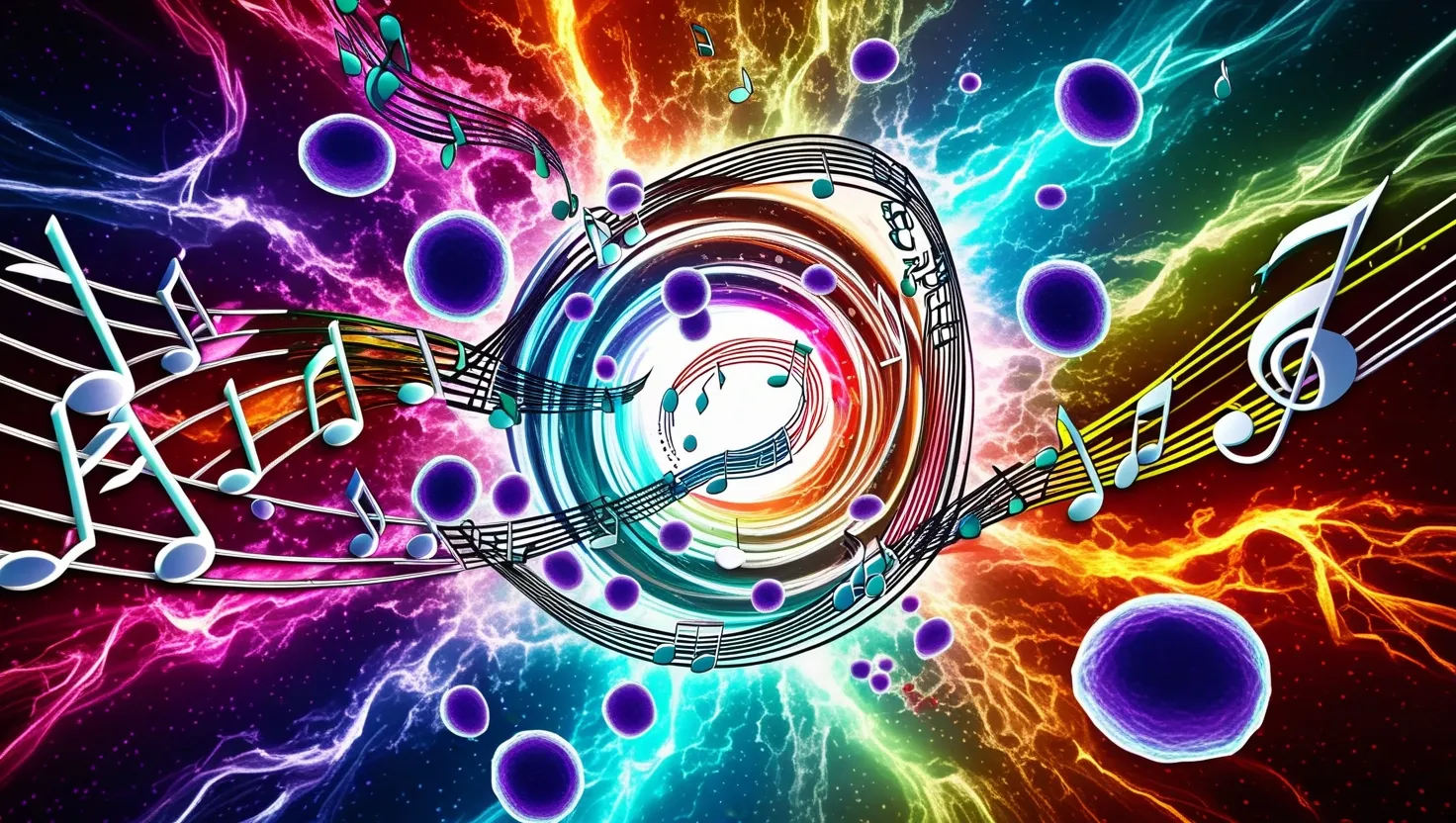One day, I stumbled upon a lovely maiden picking fruits, dressed in the finest attire. I thought it’d be the perfect idea to impress her with a homemade smoothie. But how could I make this happen in the most unique way? That’s when the idea struck: modify my bicycle to blend the smoothie on the go.
First, we took apart an old blender, and with a bit of welding, we managed to attach its motor to a bicycle strut. The blades spun beautifully. The challenge was creating a mechanism to easily disconnect the blender from the tire whenever needed. The solution was a simple clasp that could engage the drive shaft against the wheel, spinning the blades as I pedaled forward.
So, there I was, ready to impress. All I needed to do was engage the clasp, drop in the maiden’s freshly picked fruit, add some milk from my cycle flask, and start pedaling. The front wheel powered the blender, creating a delicious smoothie as I cycled.
Mission accomplished. The joy on her face made all the effort worthwhile. Your pleasure is my pleasure, I thought, as I handed her the refreshing drink.
